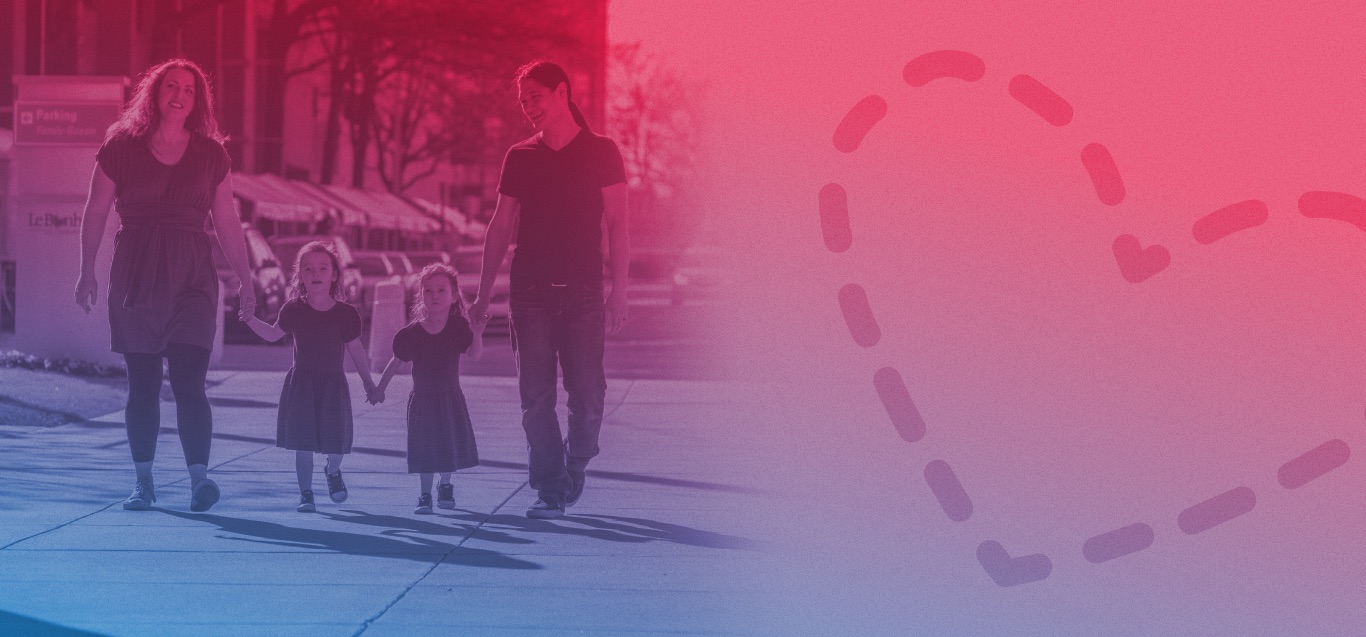
Bicycle Safety
Posted: October 04, 2012We urge parents, caregivers and children to be safe while riding a bike - no matter how long or short the distance traveled.
Helmets, especially, are important. "A bicycle helmet is essential safety gear," says Susan Helms, Le Bonheur director of Injury Prevention and Safe Kids Mid-South. "Helmets could prevent an estimated 75 percent of fatal head injuries and up to 45,000 head injuries to children who ride bikes each year."
Sometimes children mistakenly believe that they don't need to wear helmets when they're riding near home. Unfortunately, about 53 percent of vehicle-related bike deaths to children happen on minor roads and residential streets.
"Teach kids to obey traffic signs and the rules of the road. Kids should not ride without supervision until they have demonstrated that they always follow the rules," says Helms.
A helmet should also be labeled to indicate that it meets the standards set by the U.S. Consumer Product Safety Commission. "As long as it's certified, let kids pick out their helmets" Helms says. "If they think a helmet looks cool, they'll be more likely to wear it when you're not around."
Safe Kids Mid-South also reminds parents and caregivers to:
- Make sure the helmet fits and your kids know how to put it on correctly. A helmet should sit on top of the head in a level position and should not rock forward and backward or side to side. The helmet straps must always be buckled, but not too tightly. Safe Kids recommends the "Eyes, Ears and Mouth" test:
EYES: Position the helmet on your head. Look up and you should see the bottom rim of the helmet. The rim should be one to two finger-widths above the eyebrows.
EARS: Make sure the straps of the helmet form a "V" under your ears when buckled. The strap should be snug but comfortable.
MOUTH: Open your mouth as wide as you can. Do you feel the helmet hug your head? If not, tighten those straps, and make sure the buckle is flat against your skin.
- Make sure the bike is the right size for the child. There should be about one inch of clearance between the bike frame and the child's groin when the child's feet are flat on the ground. Also, make sure the bike is in good repair ? reflectors are secure, brakes work properly, gears shift smoothly, and tires are tightly secured and properly inflated.
- Remember, bike helmets are for biking. Kids should not wear bike helmets on the playground (where the straps can get caught on equipment and cause injury) or for activities that require specialized helmets (such as skiing or football).
- Model and teach proper bicyclist behavior. Ride on the right side of the road, with traffic, not against it. Stay as far to the right as possible. Use appropriate hand signals, and respect traffic signals, stopping at all stop signs and stop lights.
- When in doubt, get help. The sales staff at any bicycle shop or outdoor recreation store should be able to provide expert advice on fitting and adjusting bikes and helmets.



